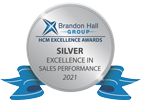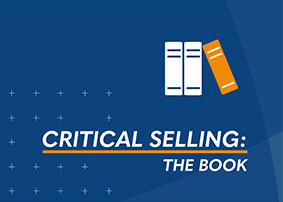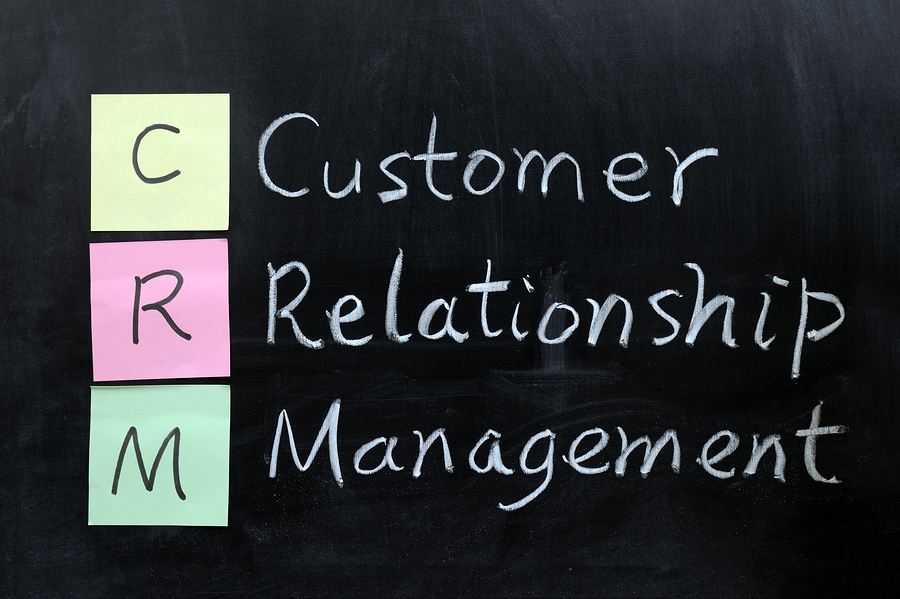Let’s say it’s a week before your first meeting with a new client. This is the time when proper sales planning is critical. As a result, many sales professionals spend this crucial lead-up time on activities like the following:
- Compiling anything and everything already known about the client, which may require asking other sales associates who may have had previous touch points
- Role-playing with other associates about how your products or services can help achieve any known goals
- Creating a considerable list of needs-discovery questions
- Preparing responses to a few possible client objections
But what key preparation point is missing from this list? Everybody tends to get so caught up in the impression and impact they can make with their words, but what about the non-verbal messaging that will precede you before you even open your mouth?
Personal Appearance
Your personal appearance is the very first nonverbal clue to your client about how well you do or do not understand them.
While you were spending time getting to know your client’s needs and pain points, did you ever bother to learn anything about their company culture, i.e., how do they communicate, how do they typically dress, with what level of formality do they interact with one another?
For example, if you’re visiting a sports apparel company with a casual atmosphere and company policies but you’re dressed to the nines in your best suit, what message does it send? By the same token, a high-end client will be none too impressed when you rely on your tried-and-true khakis and company polo shirt to do the job.
Aside from potentially making the client very uncomfortable, it shows you didn’t put in the time to learn what would be an appropriate way to dress and present yourself.
In short, your very first job in sales is to make your client comfortable. Your personal appearance is the very first opportunity you’ll have to make that happen.
Body Language
Assuming you’ve come dressed in the appropriate attire, next comes the rest of your nonverbal communication: your body language. Unlike the appropriate appearance, which changes from company to company, appropriate body language is pretty much universal:
- smile
- appear welcoming
- give a firm handshake
- maintain eye contact
- stay engaged
- avoid crossing your arms
Not doing any of these things can appear rude and leave a poor first impression that will be hard to shake for the remainder of your relationship.
Not sold? According to Forbes magazine, studies have found that nonverbal cues have over four times the impact on the impression you make than anything you say.
Control the Controllable
If you think about it, sales planning should be the easy part – it’s all about the things that you can control and properly prepare for. The rest of the sales process is where the unpredictable variables come into play. So do yourself a favor and control the controllable. Score the first point by dressing appropriately and conducting yourself with respect for others.



































